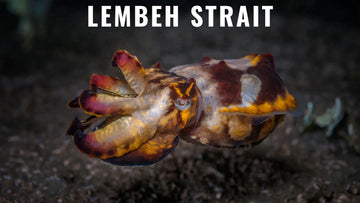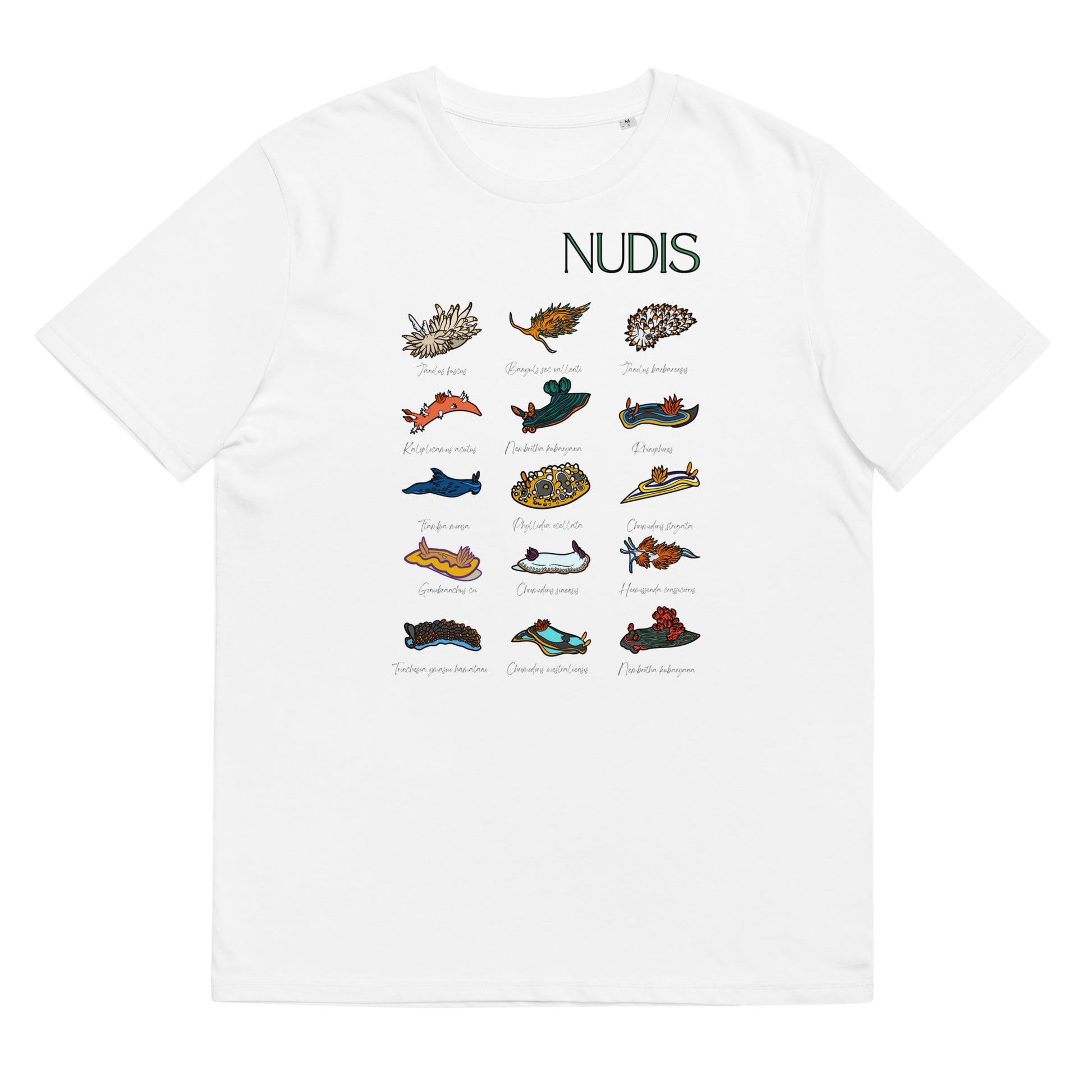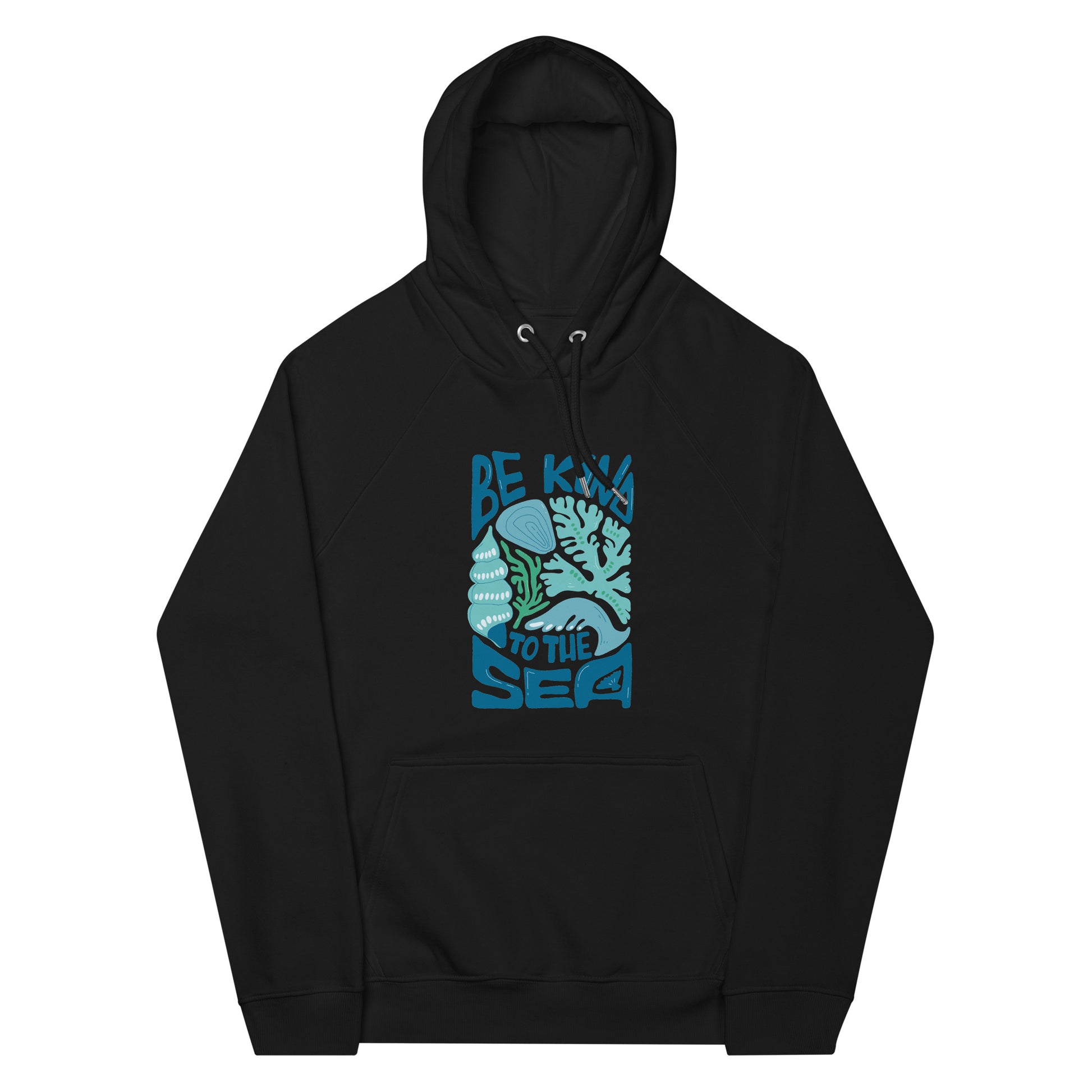Diving in the Lembeh Strait is considered to be the best muck diving. This small Indonesian island, about 23 kilometers long, is inhabited on the surface by local fishermen. And on the bottom, some of the strangest creatures to populate the oceans. Between it and Sulawesi is a 12 kilometer-long channel with more than 50 dive sites where the world's best conditions for muck diving have been created. For years it has had some of the best dive resorts in Indonesia, not expensive, and in addition to diving you can do dozens of different activities.
Dark bottoms, gray mud, black mud and sand that could give the impression that this is not the best environment for marine life. But that the capricious and patient work of evolution has created wonderful, amazing creatures, brought from another world and grouped together for the pleasure of divers. Poisonous devil fish, incredible hairy toad fish, clown frogfish, delicate ghost pipefish, tiny and beautiful seahorses, needle fish, terrifying rat fish. And some magical creatures like the enchanting flamboyant cuttlefish, blue-ringed octopus, brightly colored nudibranchs contrasting with the black background, elusive mimic octopus...
T-shirts designed by divers for divers
VIEW MORE T-SHIRTS FOR DIVERSEvery dive, whether from a dive center or through liveaboard dive boats, is a diver's demand for attention. Open-mouthed and wet dream of marine biologists.
There is also room for beautiful colorful sponges or healthy and strong corals, large gorgonians or white sand beaches and tropical fish such as sweet lips or angels, but unable to take the limelight from the "dirty" Lembeh. Take maps to set up a stand, because this strait is a paradise for lovers of "critters" and macro photography, yes, a paradise of mud and mud.


The bottom and marine life are found between 15 and 20 meters deep. There is plenty of time on the bottom and you don't need to be an expert diver to enter this "underworld". As in all areas where muck diving predominates, visibility is not the best, but the life that resides in these depths is unique in the world and visibility is in the background.
Lembeh's location is privileged. It is located in a strait that receives constant currents full of nutrients and with a high temperature that has allowed life to proliferate in all its corners. Although overfishing has not made this area as rich as it was years ago, where you could find whale sharks or manta rays, this unique place in the world is one of those that every diver should make a note to visit at some point in their life.


To the Lembeh dive trip must be added that the islands surrounding the strait are of great natural beauty. Tall green mountains that rise to the sea lakes, dense virgin jungle, deep blue skies, white sandy beaches in a relaxed environment where you live by and for the sea.
Book Your Diving Trip to Raja Ampat
SEE ALL DIVING OFFERS IN RAJA AMPAT
Best dive sites in the Lembeh Strait
The number of new species you will see if this is your first time diving Lembeh will leave you with your mouth open at "Teluk Kambahu". From amazing little dragonfish gliding across the bottom with their fins outstretched, to discoveries like the sea moth with its prominent snout, the dangerous leaf scorpionfish, ornate pufferfish, pairs of beautiful mandarin fish, a variety of different types of devil fish, giant toadfish, porcelain crabs, snowflake eels... the list goes on and on, and that's not counting the nudibranchs!


Snowflake moray

"Police Pier" is a dark area, typical of muck diving where night dives are usually done, with black and gray bottoms that are home to scorpion fish, lionfish, sea snakes, ratfish that look like zombies coming out of the muddy bottom, cuttlefish, mimic octopus or dragonfish. On this dive we will be able to see the Pterapogon kauderni or Banggai Cardinalfish which is endemic to this area and can be seen by the hundreds.
Hoodies Designed for the Deck of Your Liveaboard
SEE MORE SWEATSHIRTS FOR DIVERS
We can also dive with giant toads, hoping to go unnoticed by the unwary and get some dinner. Very interesting are the crabs in the area, where you can find hermit crabs, all kinds of decorated crabs or spider crabs. A pleasure for those who like to discover new species.


Scorpion fish Rhinopias eschmeyeri. Image by Tom Weilenmann
Muck diving may seem like it always looks the same: shallow depths, gentle slopes, lots of life and black bottoms. But on Lembeh you will find that every dive is different. At "Hairball" we won't have time or eyes to count the toadfish we will find. Different sizes, colors, hairy, in pairs, walking on the bottom, clinging to the rocks, waving the stalk, trying to fool the most inexperienced fish, yawning... This is one of the most appreciated dives by macro photographers, who will also find numerous seahorses, octopuses trying to hide in the shells, strange astronomer fish with their big eyes and always looking grumpy, or the always surprising "Spanish dancer" nudibranchs.
Another place to see hundreds of beautiful nudibranchs is "Nudi Falls". Descending a slope covered with soft corals that contrast with the dark bottom, we reach a small wall that gives this dive its name. Slipping through deep red ascidians and poisonous hydrozoans, you will see hundreds of nudibranchs of extraordinary colors and shapes, making it clear to their predators that it is not advisable to eat them. Although the nudibranchs are the stars here, there will be no shortage of toadfish, commensal shrimps, blue ribbon eels, gobies, mantis shrimps and pygmy seahorses. Again, a great opportunity for macro photography.
Angel's Window is a "break" from muck diving, a beautifully decorated shallow reef with a huge field of soft corals, sponges and gorgonians harboring pygmy seahorses, red octopus, nudibranchs of a thousand colors, batfish and schools of angelfish, jacks, snappers or antias, giving you a good opportunity for ambient photography.
Lembeh also holds good wrecks in its waters, such as the "Mawali", a Japanese freighter sunk in World War II, between 15 and 30 meters, beautifully decorated with crinoids, black coral trees and stupendous colonies of soft corals. The 60 meter long structure is home to many fish including giant scorpion fish, lion fish and several spotted barramundi. Needlefish, crabs or nudibranchs appear along the wreck and many and numerous schools of small fish seek food and shelter near the iron.



























